The tick population in America has been increasing at an alarming rate. They come as they please and make a home wherever they land. With many negative consequences of these unwanted pests, it’s time to take back control of your yard with Tick Shield, Mosquito Shield of Mid Central New Jersey tick control service.
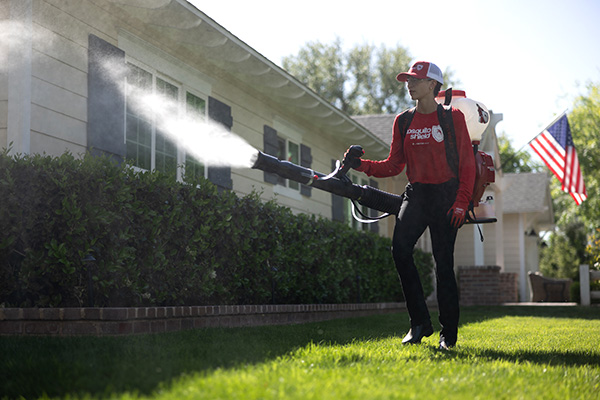
Our treatment instantly targets and eliminates ticks in New Jersey tick-prone environments for immediate relief.

By addressing tick hotspots commonly found in New Jersey, we help reduce the tick population and prevent future infestations.

Our proprietary formula is specially designed to not only kill ticks but repels others from your property allowing you, your kids and pets to enjoy your property more.
Tick control and preventions are more crucial than ever to limit your family and pets from the dangers of tick-borne diseases. Ticks are resilient pests that can survive in various environments, making your yard a prime target. Without proper control measures, these tiny but dangerous insects can spread rapidly, threatening your outdoor spaces and peace of mind.
Ticks thrive in many areas of your yard, including:

Ticks love dense, shaded areas where they can easily latch onto passing animals or people.
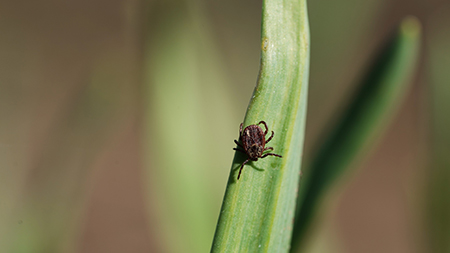
These spots provide perfect hiding places, allowing ticks to remain undetected while waiting for their next host.
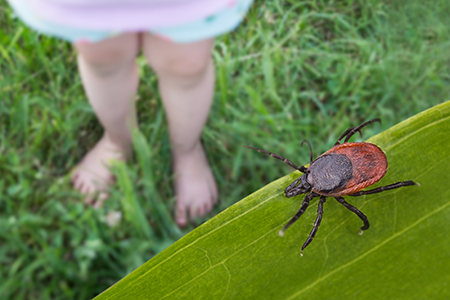
Ticks cling to low-hanging branches and shrubbery, making it easy to latch onto you or your pets as you pass by.
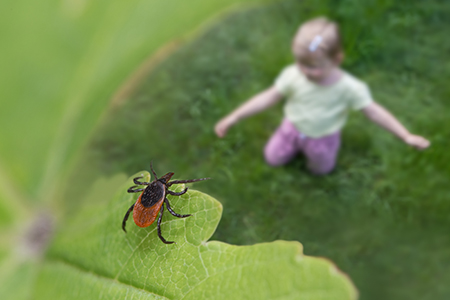
Even in seemingly harmless piles of leaves, ticks can hide and survive for months, waiting for the right conditions to emerge.
Our tick control solutions are designed for New Jersey unique environment, offering fast, effective protection for your outdoor spaces. We guarantee satisfaction with a money-back promise and schedule your first visit within five business days. You’ll receive regular updates before and after each treatment, so you’re always in the loop. Learn more about our key benefits below:

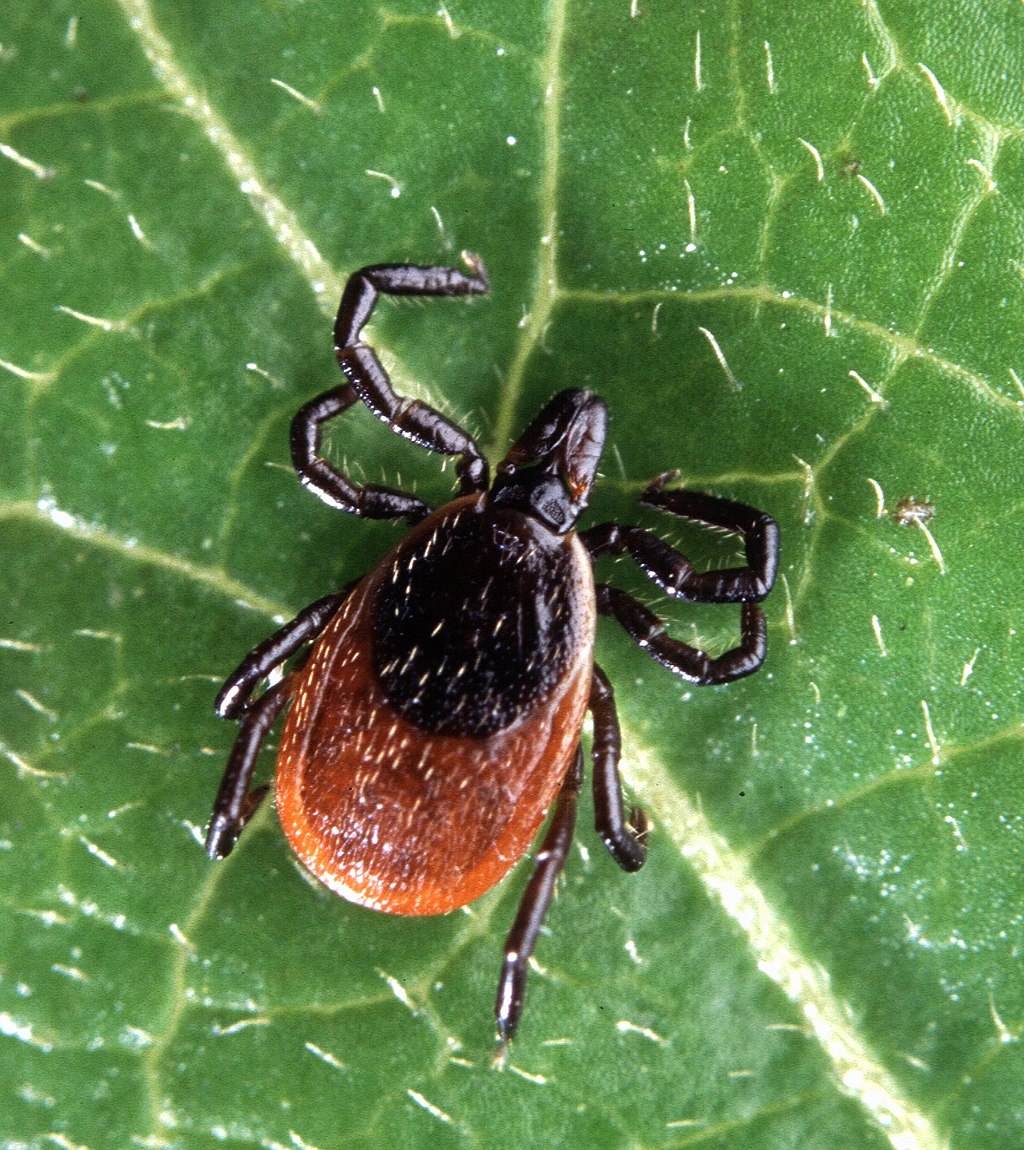
Deer ticks are a major concern across Middlesex County, especially in wooded trails and suburban backyards with overgrowth. Adults are reddish-brown with a black scutum; nymphs are tiny but still dangerous.
They are the primary vector of Lyme disease and can also transmit anaplasmosis, babesiosis, and Powassan virus. High-risk areas include forest edges, leaf litter, and even backyard gardens.
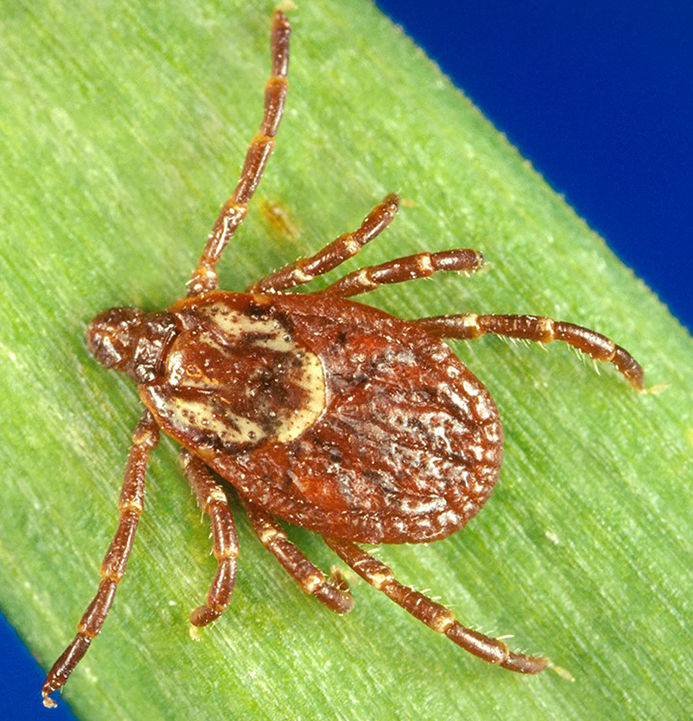
Reddish-brown with ornate white markings, wood ticks are larger than deer ticks and often found in grassy parks, fields, and along hiking paths.
They do not transmit Lyme disease, but can carry Rocky Mountain spotted fever and tularemia. Their bites can be irritating and occasionally lead to secondary infections if not removed properly.
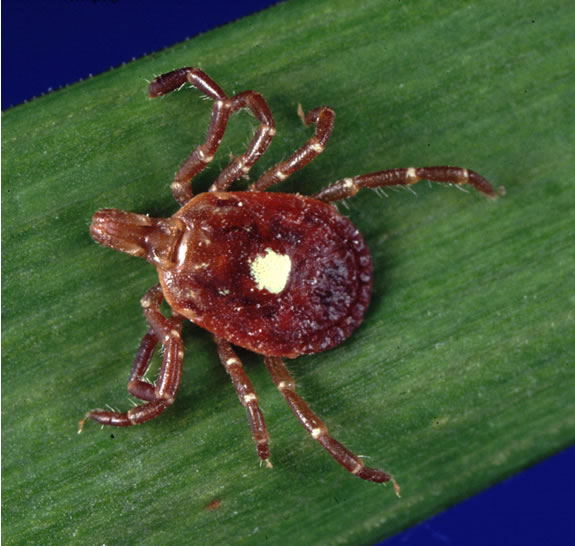
Identifiable by the single white dot on the back of the female, Lone Star ticks are increasingly reported in Central Jersey. They prefer warm, wooded areas and are more aggressive than other ticks.
Though not historically common in North Brunswick, their growing presence brings concerns of ehrlichiosis and alpha-gal syndrome (red meat allergy).
